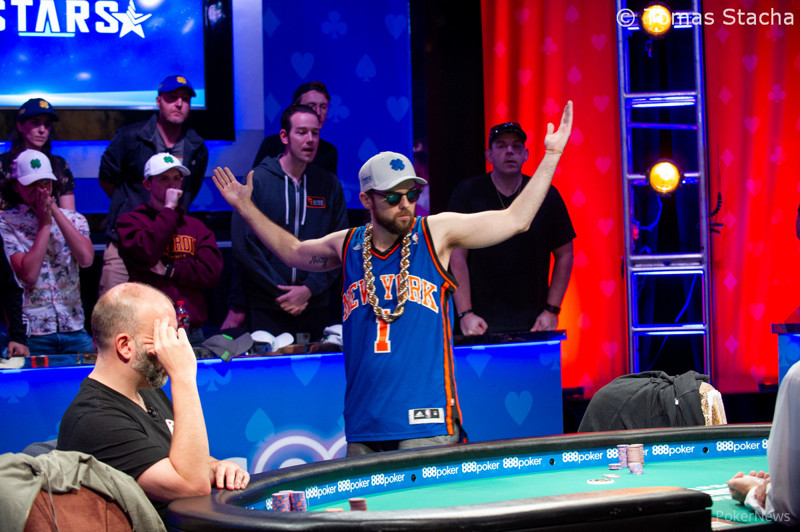Ryan's Poker Table
How to plans for poker tables. Ryan's Poker Tables. Custom Poker Tables. Facebook is showing information to help you better understand the purpose of a Page.

Step 1 - Materials and Tools
$72 |
$26 |
$21 |
$48 |
$14 |
$16 |
$43 |
$9 |
$3 |
$5 |
$3 |
$5 |
$7 |
$8 |
$5 |
$7 |
$16 |
$306 |
- Circular Saw
- Hand held sander
- Electric Staple Gun
- Plate joiner kit
Step 2 - Cutting for each side of octogan
Ryan's Poker Table #4
Step 3 - Cutting edge piece/molding
Step 4 - Gluing up each side of octogan
Step 5 - Cutting each side to correct length and angle
Step 6 - Cutting out for cup holder

Step 7 - Cutting out for chips storage
Step 8 - Dry Assembly
Step 9 - Gluing up final assembly
Ryan S Poker Table Plans
Step 10 - Cut plywood base
Step 11 - Cutting out for cup-holders in plywood base
Step 12 - Router the top edges
Step 13 - Cut out centre octagon

Step 13 - Making the foot of the table.
Step 14 - Making the pedestal
Step 15 - Finishing
Step 16 - Attaching the top pedestal to the plywood base
Step 17 - Cutting & gluing fabric in chip holder cut out
Ryan's Poker Table
Step 18 - Ready to Play some Poker?
Please choose the poker or casino table that you would like to build from below to get started with the plans on how to build that particular poker table. Be sure to check back often as we will be adding more poker table plans from time to time. You can download a printable version of any of our free poker table plans, without accompanying text, from our Poker Table Plans page.
Poker Table Materials are available in our shop. Best of luck to you. To get started click any of the images or links below to begin learning how to build a poker table. For video tutorials, please visit our Poker Table Videos page.
Poker Table Plans
| How to Build an Oval Poker Table | How to Build a Racetrack Poker Table |
| How to Build a Lighted Poker Table | How to Build a Raised Railing Poker Table |
Poker Table Plans
| How to Build an Octagon Poker Table | How to Build a Round Poker Table |
Coming Soon... | |
| How to Build an Octagon Racetrack Table | How to Build a Round Racetrack Poker Table |
Casino Table Plans
| How to Build a Blackjack Table |
Poker Table Leg Plans
| How to Build 4x4 Poker Table Legs |
Remember that you can always download the free poker table plans for any of our tables in the Printable Plans section of the site. Just enter your name and email and all of our free poker table plans will be emailed directly to you. Remember that only the images are included. You should read the turorial first to learn how to make a poker table and then take the poker table plans offline. You can also buy all of the poker table materials in our Poker Supply Shop or buy everything together in one of our Poker Table Kits.